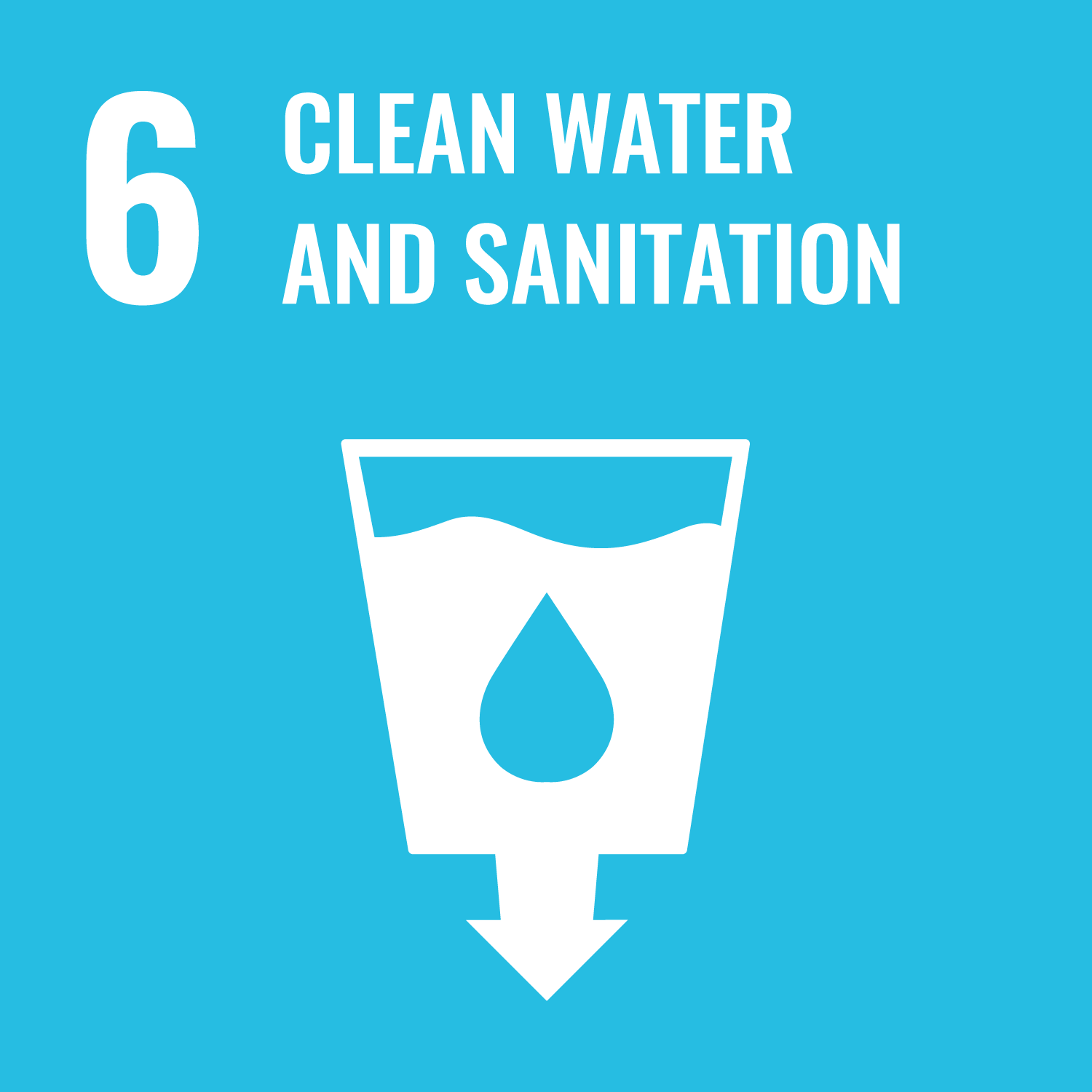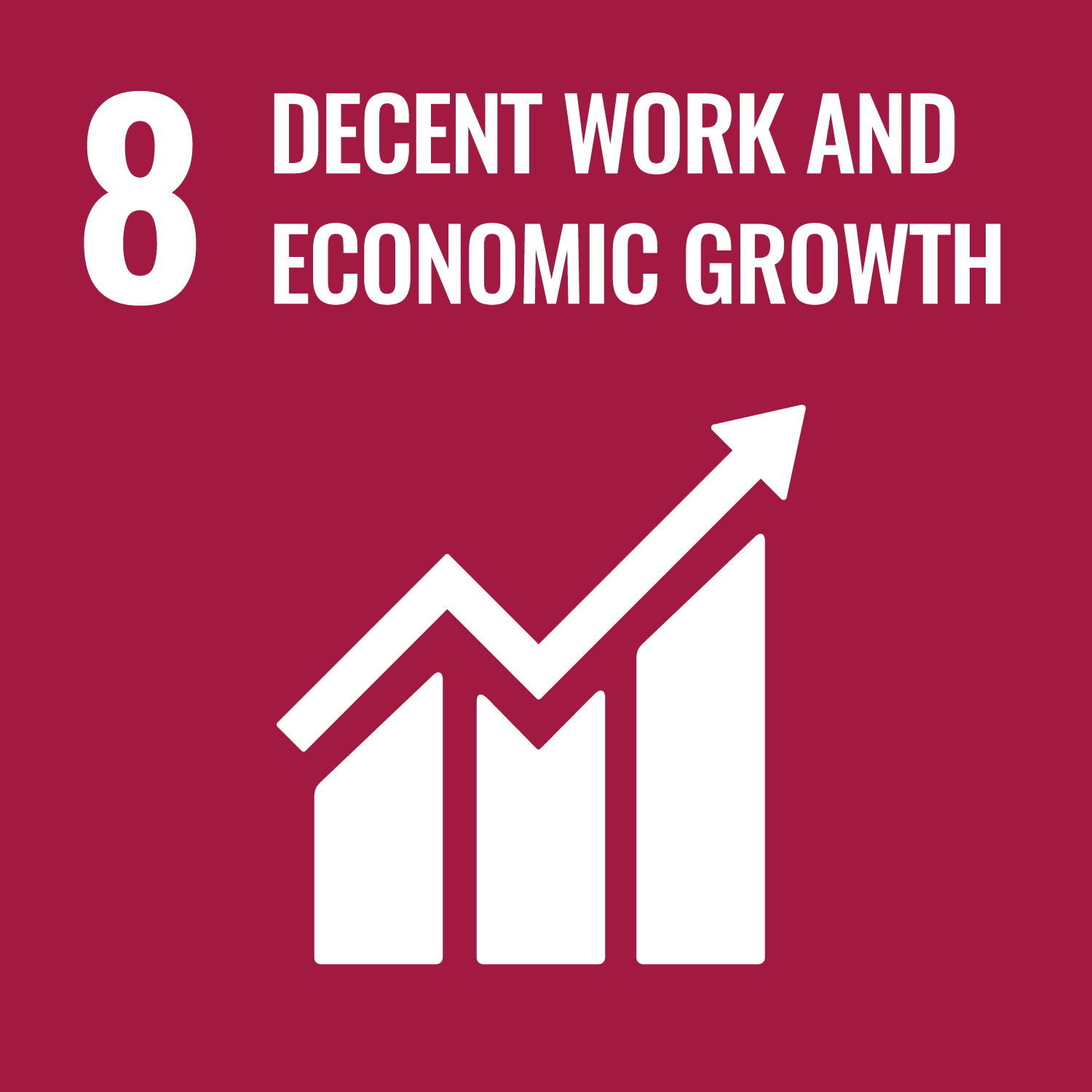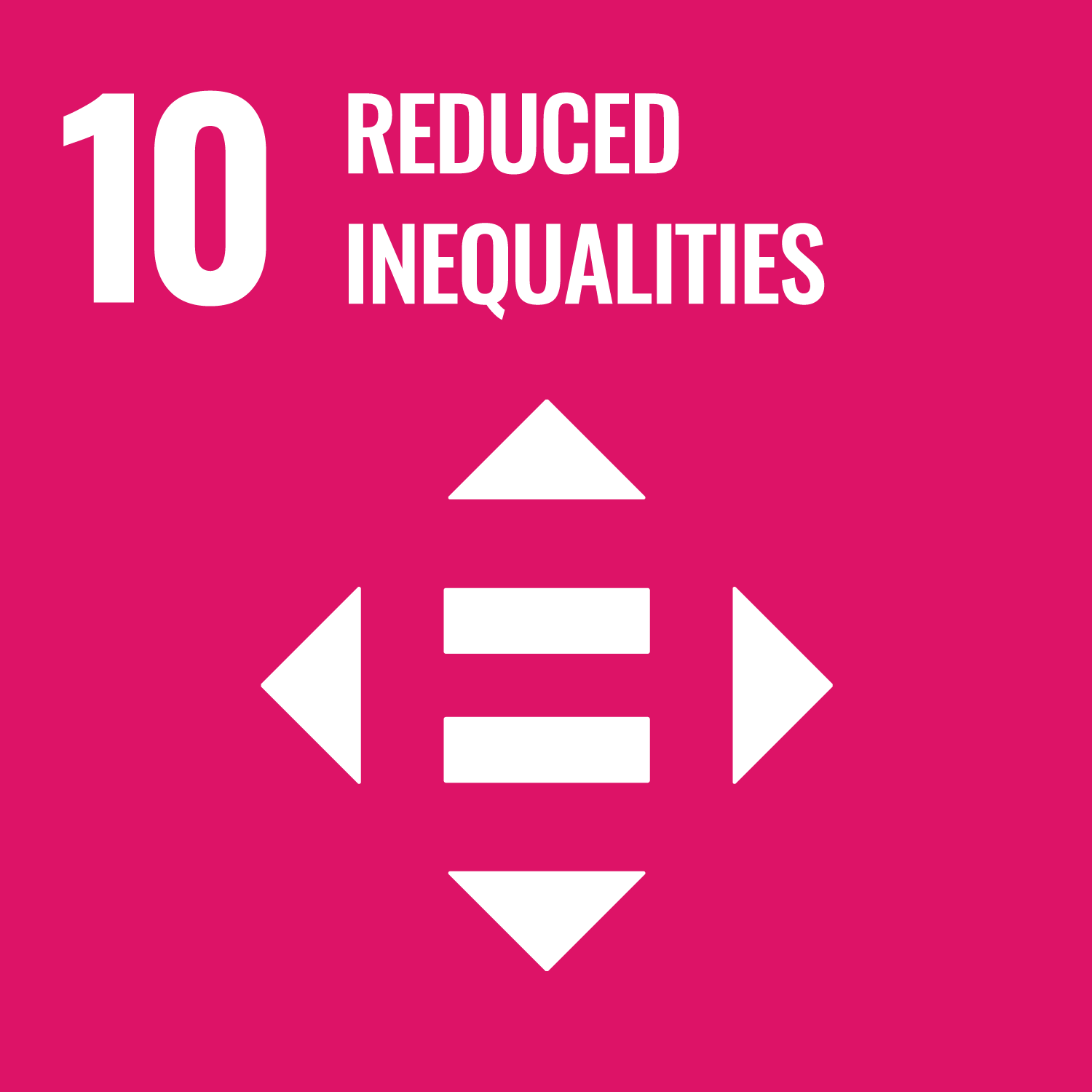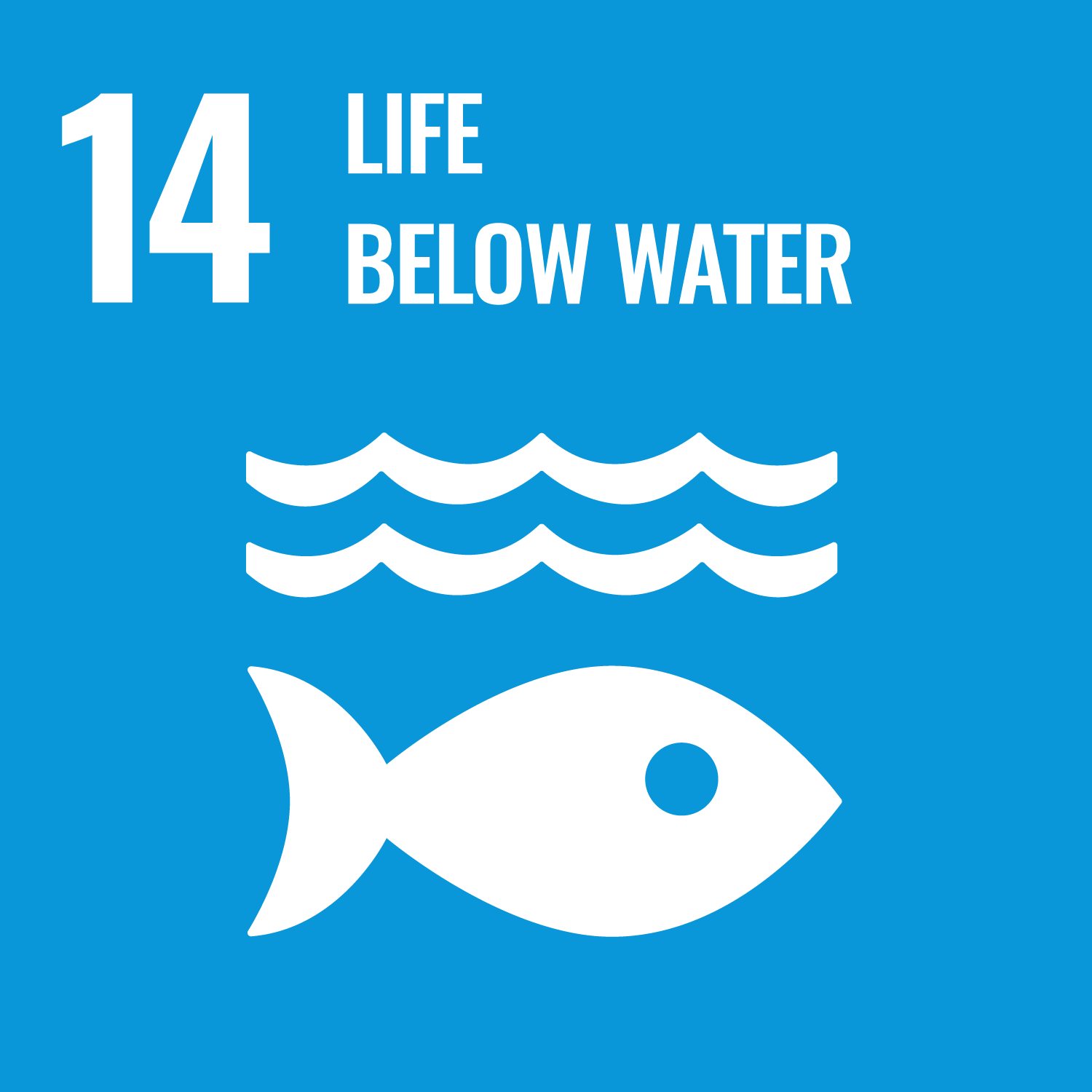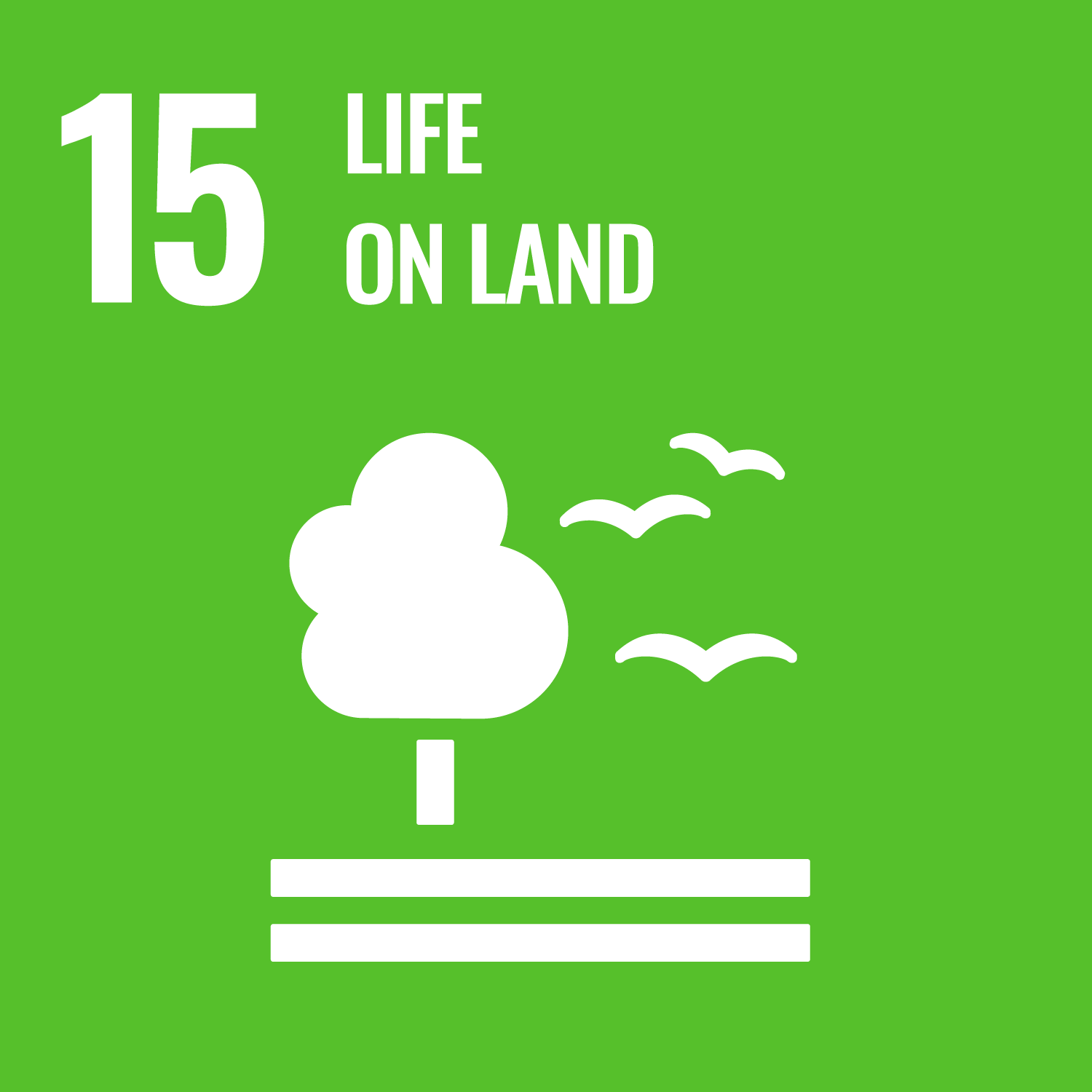
Dollar Donation Club
Organization
Save the Redwoods League
Protect California’s redwood forests
🛡️ High Trust Rating
🧐 Low Risk Rating
Return On Donation
$1

Integrated Impact ScoreVetted By

Expert Consensus
A trustworthy organization with a proven stewardship model that has protected redwood forests for more than a century.
Snapshot
The Problem
After the timber rush which started in the mid 1800s, only 5% of California’s majestic, old-growth coast redwood forest remains. These forests store more carbon per acre than any other above ground forest type on the planet.
The Solution
Save the Redwoods League protects redwood and sequoia forests across California by acquiring land, doing restoration work to make those forests healthy and resilient, and then transferring them to parks agencies or Indigenous communities for long-term management.
Redwoods and sequoias are the world’s tallest, largest, and among the oldest trees in the world, and these forests store more carbon above ground per acre than any other forests on the planet.
Impact to Date
More than 224,000 acres of redwood forest protected, helping create 66 parks and reserves.
Location of Impact
California

Impact Per $1
$1 = 8.7 sq ft of redwood forest restored and 149.5 lbs of carbon stored.
Proof of Impact
Photos, videos, and updates on restoration activities. Reports on the number of acres of forest that have been restored, and the associated carbon impact.
Time to Realize Impact
Less than 6 months (although it takes 150 years for the carbon impact to be realized, and hundreds of years for old-growth forests to reach maturity!)
Fund Usage

Will it actually make a difference?
Yes! For over a century, Save the Redwoods League has been devoted to preserving California's coast redwood and giant sequoia forests. They’ve safeguarded more than 224,000 acres and helped establish 66 parks and preserves. In fact, most of California’s redwood parks and reserves exist today because of the work of the League.
Now, the League is focusing on restoring damaged forests that are vulnerable to extreme weather and catastrophic wildfires. By implementing restoration thinning, prescribed burns, restoring streams and waterways and replanting native species, they’re building resiliency back into the landscape and accelerating the development of the forests' original old-growth conditions. This enhances biodiversity, reduces wildfire risk, and dramatically increases carbon capture, while ensuring future generations can experience the peace and beauty of these iconic, ancient trees.

How is the donation used?
Funding is used to restore and reforest previously degraded landscapes, putting them back on the path to become the great old-growth redwood forests of the future. This includes forest restoration, restoring streams and waterways, prescribed burns, and creating fire breaks (see more in “Additional Questions”).
Read more in “Additional Questions” and here.
DDC's Favorites
A long-lasting, high-quality impact. The organization is more than a century old, and they’ve set their current goals on a 100-year timeframe.
A massive long-term climate impact: California’s redwood and giant sequoia forests store more carbon per acre than any other forest in the world, and the League’s work helps increase the carbon sequestration of unhealthy forests!
The League works with Indigenous communities to partner in decision-making and land stewardship
Key Drawbacks
STRL could potentially take advantage of more cutting edge technology (such as audio sensors for monitoring or woody biomass utilization).
While the League’s work is essential to protect forests in the long term, it needs to be part of a larger portfolio with other solutions that have more immediate climate impact.
The League could be more transparent in how it monitors, tracks, and verifies its impact.
Fund Usage

Integrated Impact Score
Effectiveness
80%Transparency
80%Track record
95%Measurability
84%Wisdom
78%Impact Innovation
75%Impact Stack
3Expert Vetters
Individual Questions
The Context
Redwood forests are a stunning wonder of nature and an iconic part of California’s natural heritage, but they are in danger. Over the years, logging, development, and climate change have caused significant damage to these ancient forests.
Today only 5% of California’s old-growth coast redwood (Sequoia sempervirens) forest remains. Saving the redwoods is crucial because they play a key role in fighting climate change (storing more carbon per acre than any other type of forest) and are essential to maintaining healthy and diverse ecosystems: they provide habitat for many species of plants and animals, and purify the air and water.
Over the last century and a half, when logging companies cut down old-growth redwoods, they often replanted the forests, but seeded redwoods and other species too closely together, creating overcrowded and unhealthy forests. These forests struggle to get the nutrients and sunlight they need to thrive, making them vulnerable to catastrophic wildfires. Many of these forests are so damaged that they will not recover on their own, at least not in the foreseeable future. (You can see for yourself what this looks like here!)

On the left, you can see dense, overcrowded second growth forest that was reseeded after commercial logging; on the right you can see what old growth forest should look like naturally. Both images are from this video that explains Save the Redwoods’ restoration work.
Strategically removing some of the underbrush and trees, particularly those that aren't even native, releases individual redwood trees to mature and become old-growth forests – the big, cathedral-style forests that you've seen pictures of. For more on the exact techniques used to do this, see the “individual questions” section.
These forests are not only breathtaking, but they also play a critical role in fighting climate change. Each acre of coast redwoods can store up to 890 metric tons of carbon. Younger second-growth coast redwood forests grow extremely quickly and pack on substantial carbon storage in a relatively short period. In 150 years, second-growth redwood forests can store 30 percent as much carbon as old-growth forests can, and as they grow, they continue to create abundant habitat for fish and wildlife.
About
We’re levelin’ up philanthropy!
The Dollar Donation Club Integrated Impact Score was designed to ensure that the world’s most powerful and holistic solutions are presented to our members. The goal is to identify acupuncture points of change – solutions that create maximum positive benefit using minimal resources, while triggering a large cascade of additional benefits.
More importantly, the Integrated Impact Score embodies our approach of smart-philanthropy.
It’s not enough for us to give with only our heart. We must also give intelligently – identifying solutions that address root causes, generate outsized measurable outcomes, integrate holistically into existing communities, consider long-term impacts, reduce the risk of unintended consequences and lead to self-reliant capabilities rather than co-dependencies.
It’s time for us to focus less on things like “overhead ratios” and more on the total, holistic positive result per dollar. Oh yeah, and it should be fun!
We believe that the best solutions...
- Solve root-causes rather than symptoms.
- Consider their impact 100 years into the future.
- Produce massive impact efficiently.
- Care for people and planet holistically.
- Leverage nature’s and humanity’s best technologies.
- Are radically transparent – financially and operationally.
- Are resilient against threats of reversal.
- Result in self-reliance, rather than dependence.
- Clearly understand total costs to achieve outcomes.
This vetting methodology was designed with careful care to identify these solutions.
How we calculate the Integrated Impact Score:
Individual Dimension Score
The scores for each individual dimension (e.g. Transparency, Measurability) are calculated by adding up the total points (1-5) per section and dividing by the total possible points for that section.
Impact Stack
The amount of points awarded for the Impact Stack section is based on an assessment of how directly or indirectly and effectively or ineffectively the solution addresses a particular Sustainable Development Goal, using the SDG indicators as a guide. Impact Stack is treated like a bonus of points by adding up the total Impact Stack score and dividing by 10 (i.e. every 10 points gives a bonus of +1 to the final IIS score).
Overall Integrated Impact Score
The overall Integrated Impact Score is calculated by averaging the total scores received in each of the Individual Dimensions (e.g. Transparency, Measurability, etc.). We then add the bonus points awarded by the Impact Stack. Overall scores are rounded up to the nearest integer at 0.5 (e.g. if a score of 94.5 is calculated, the final score will be 95, if a score of 94.4 is calculated, the final score will be 94).
Version 1.0 (released April 12, 2023).


100% of contributions go to the Dollar Donation Club Fund, a wholly owned subsidiary of Legacy Global Foundation Inc, a public 501(c)3 charitable organization.
© Dollar Donation Club 2026



